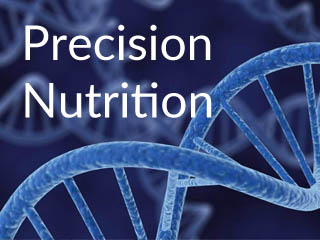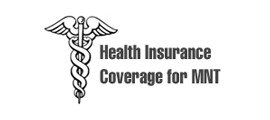Are you at risk for osteopenia and osteoporosis? What can you do to prevent it?
There are multiple factors that contribute to osteopenia and osteoporosis. Let’s first clarify the difference between these two. Osteoporosis is a disease that breaks down the tissue in our bones, making them fragile and more likely to break. Osteopenia is not a disease, but a term that describes low bone density. It’s still believed that osteopenia puts you at risk for the more progressive osteoporosis disease.
Major factors that contribute to bone loss are:
-drop in estrogen (as with post menopausal women)
-lack of weight bearing exercise
-poor nutrition
-chronic physiological and emotional stress
-chronic alcohol consumption
-toxins such as heavy metal exposure, cigarette smoking, etc
-poor gut health
-chronic use of antacids, steroids and anticonvulsants
-certain endocrine disorders (low testosterone for men, amenorhhea in women, low estrogen)
-genetic defect in the way you make collagen.
The old recommendations to prevent these diseases was to supplement with Calcium/magnesium/vitamin D, along with regular exercise and healthy lifestyle behaviors. You may have noticed a shift in the recommendations for calcium/mag supplementation due to studies showing increased risk of arterial calcification. These studies can be confusing because there are many times multiple factors contributing to disease. Recommendations are now to incorporate more calcium rich foods instead of supplementation most likely due to the synergy the nutrients have with the body.
Not all supplements are created equal. Supplements are now focusing, not necessarily remineralization but on protein and collagen support. In these diseases, the “matrix” of the bone is being effected, not just the minerals. We need a more comprehensive approach to restoring bone health that incorporates bone “remodeling”. In these diseases, there is a higher degree of break down vs remodeling. There are multiple nutrients required for remodeling support.
One of the most promising of these nutrients is microcrystalline hydroxyapatite concentrate (MCHC), a highly absorbable crystalline compound that provides everything found in healthy bones and is backed by more than 30 years of research. MCHC contains naturally occurring calcium, phosphorus, and trace amounts of calcium and other minerals, bone growth factors, and collagen and other vital bone proteins.
MCHC formula’s are by far the best option especially for those who are reducing inflammation through the elimination of cow’s milk. There are alternatives to cow’s milk, such as almond milk, soy and rice milk but even those are deficient in vitamin D. Vitamin D is an essential support nutrient for bone health.
Boron is another mineral that has been shown to support estrogen and vitamin D metabolism in bone health. This nutrient may be critical for those who have low estrogen and vitamin D levels. Low estrogen is commonly seen in post menopausal women (most at risk for bone fractures), women with extremely low body fat, and those suffering from hormonal imbalances. Hormones play a critical role in our bone health.
Many supplements only provide calcium and magnesium in poorly absorbable forms. The newer formula’s incorporate higher absorbable calcium and magnesium, as well as phosphorus, zinc, manganese, etc. A good supplement company will strive to bring all the leading scientific evidence into their formula’s while maintaining high quality and improved synergy with the human body.
Supportive nutrients along with weight bearing exercise such as walking, running, jumping, and weight training can greatly reduce the risk of fractures and actually increase bone remodeling. On top of thesse things, a lifestyle that includes low inflammatory whole food eating, stress managment, and elimination of toxins will greatly reduce the risk of these diseases and support bone health late into old age.




 Providing nutritional therapy and lifestyle education for disease prevention and weight management....
Providing nutritional therapy and lifestyle education for disease prevention and weight management....